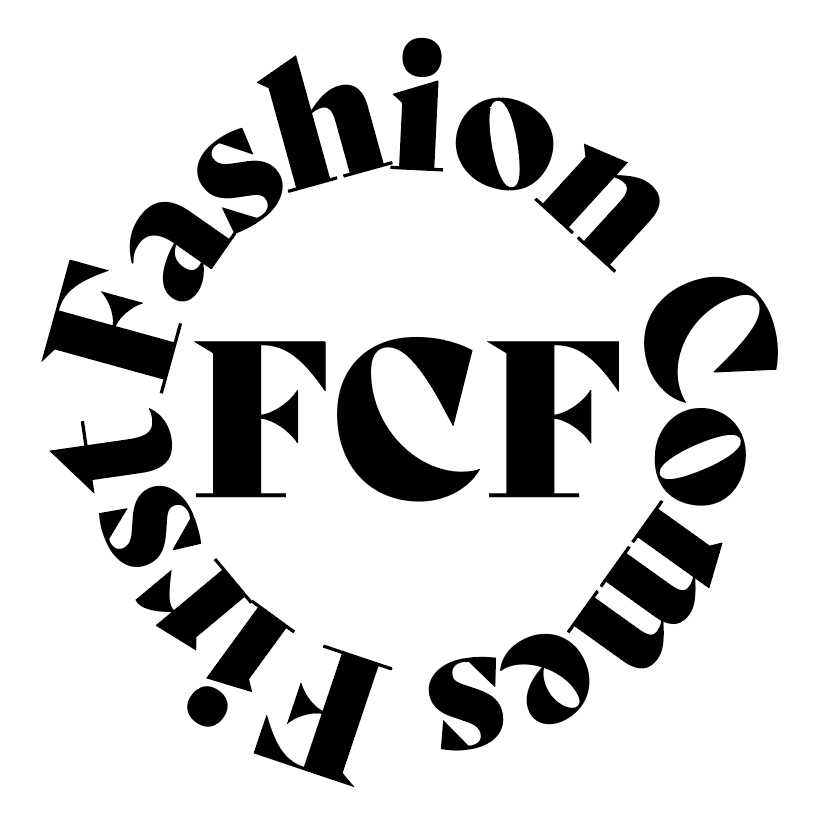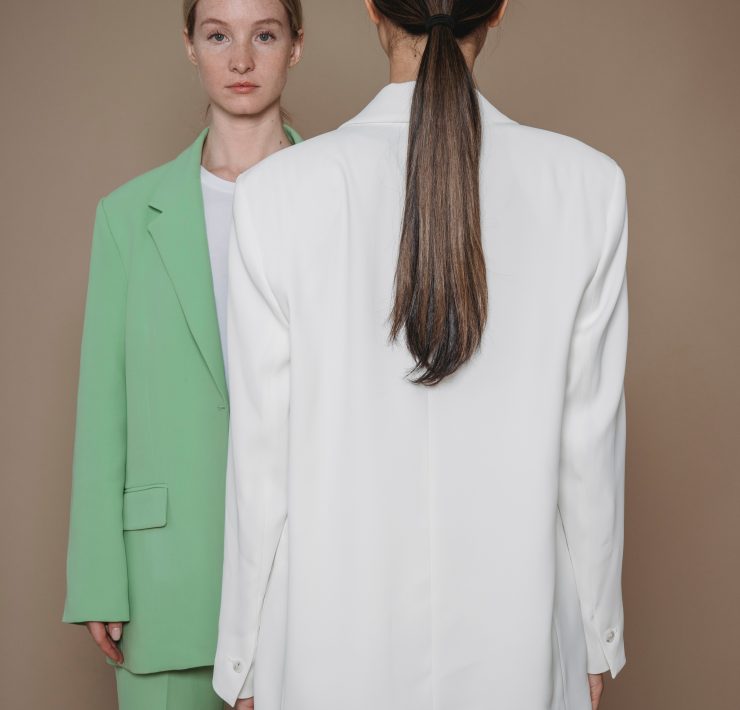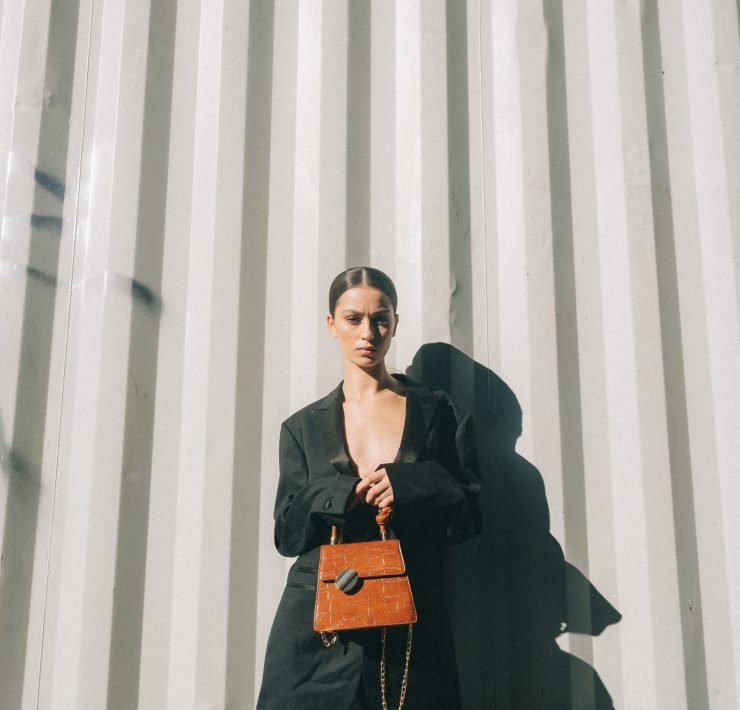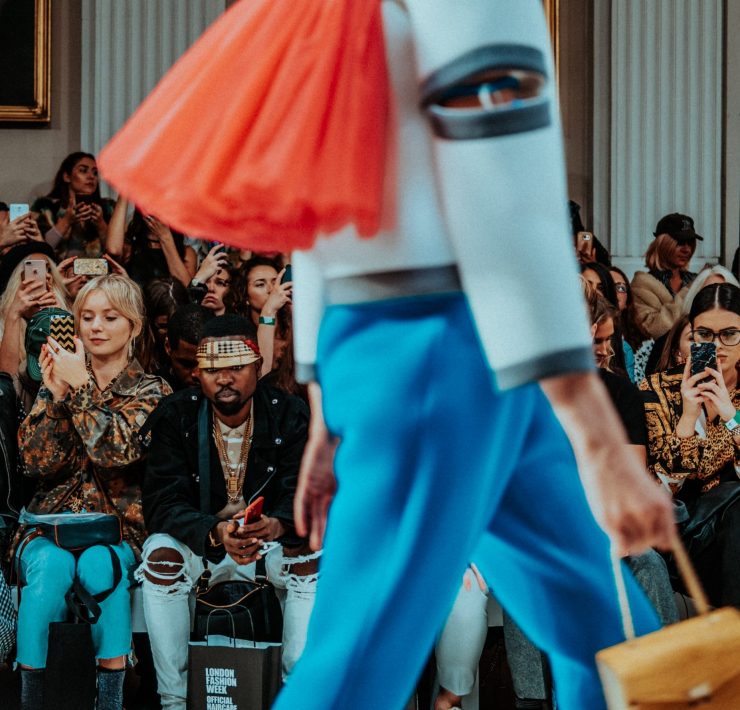Sports Illustrated’s catwalk is finally inclusive
This year’s Sports Illustrated swimwear showcase in Miami was the brand’s most inclusive yet. Stunning models of different ages, body types, and backgrounds walked the runway in bright and colorful swimsuits.
Among this year’s cast was personal chef Chelsea Heath, curve model Amanda Kay, actress Saje Nicole, social media influencer Natalie Mariduena, model and actress Christen Harper, and a 57-year-old model Kathy Jacobs.
It’s great to see that the fashion industry is gradually heading towards more diversity, inclusivity, and positive change.
This type of representation means a lot to many of us.
Yes, body inclusivity matters
As a former model and someone who used to stuff my face with bananas until the feeling of hunger would go away, seeing body positivity movement take over the runways makes me quite happy.
I had the misfortune to grow up in the ‘nothing tastes as good as skinny feels’ era, and skinny bodies were all we saw in movies, magazines, and TV. Back then, if you didn’t look one step away from death, you were considered ‘fat.’
As a result, I spent most of my teenage years and a good chunk of my early twenties being underweight. But I would still frequently hear comments about how my different body parts didn’t look ‘bony’ enough. That was just the reality for most models in the early 2010’s, and to some extent, it still is today.
I had luckily retired from the industry some time ago, and I’m now happily ‘normal’ looking. But I wish I had grown up seeing ‘real’ female bodies on the runways. The representation of various body sizes in mainstream media is incredibly important, particularly to the younger generations of girls. And I’d even go as far as to argue that it matters more today than it did back in the pre-Instagram influencers times.
Because these days, we are bombarded with photoshopped to perfection images and videos everywhere we look. It’s easy to forget that what we see isn’t exactly, or sometimes even at all, real. And sadly, this social media-generated sea of fakeness often has consequences in the real world.
Global eating disorder prevalence has increased from 3.4% to 7.8% between 2000 and 2018. And the worst affected demographic is, not surprisingly, girls and young women.
Around 50% of 13-year-old girls in the US report being unhappy with their bodies. Nearly 80% of young teenage girls report fears of becoming fat. Girls who frequently read magazines related to weight loss are six times more likely to engage in unhealthy weight control behaviors (e.g., taking diet pills, using laxatives, vomiting) than girls who do not read such magazines.
So yes, seeing ‘real’ women with all their curves, imperfections, and fat in the ‘wrong places’ matters a great deal.
A war on conventionally attractive women?
Now, before some of the men reading this piece start rushing to the comment section to type in a rant about how crazy feminazis are starting a war on conventionally attractive women, let me clarify a few things. And you, my dear angry male reader, can just chill for a second. Seriously, drink some herbal tea or do whatever else gets you out of your internet hulk mode.
Sorry to disappoint, but there is no war on conventionally attractive women. Or men, as a matter of fact. Don’t worry; they will always exist, and many of them will be in the public eye. You will always be able to drool all over their hot pics.
But having conventionally attractive people in the spotlight doesn’t mean there is no place for anyone else that doesn’t fit that description. The whole point of the body positivity movement is to have a wider representation of different beauty ideals and body types. It is not about canceling ‘hotness’ or shaming people who fit into the mainstream beauty standards.
If you’re still skeptical about this whole thing, consider this: body positivity also sells. And it sells really well these days.
This is why there are dozens of new body-positive fashion brands, and this is why the ‘old players’ decide to adjust their branding strategy accordingly (ahem, Victoria’s Secret). These decisions don’t just happen out of nowhere. They are followed by customer research, which reveals that seeing more diverse bodies is indeed what many people want to see.
And brands who decide not to do anything in that direction might sooner or later go out of business. That’s just the law of the capitalist universe.
Let’s take things a step further
As much as I’m happy to see more brands jumping on the body positivity bandwagon, there is something I’d love to see them do as well — and that is being more sustainable.
Because the fashion industry’s ethics are… well, how should I put it politely? Completely f*****.
Sorry, I just had to. While we get understandably excited about all these positive changes in the fashion industry, we keep ignoring the elephant in the room — the horrible exploitation of garment workers, 80% of which are women.
Fashion, especially fast fashion, is much more than just an environmental issue — it is also a women’s issue.
Women working in garment factories in Africa or Asia often don’t earn a liveable wage. It’s not uncommon for them to work 60 hours per week or more in hazardous conditions, with factory buildings violating safety regulations, experiencing gender, age, and pregnancy-based discrimination from factory management.
Many women and girls remain in these situations because they feel they have no other choice. It’s heartbreaking.
How can women escape from poverty, provide for their families, gain independence, or obtain an education for their children in an industry that treats them as slaves?
We need to start holding fashion brands accountable, not only for the choice of the models on their runway but also for their supply chains.
Final thoughts
I’m glad big companies and brands like Sports Illustrated finally decide to include more diverse models in their runways. It’s genuinely refreshing to see more body positivity on social media, magazines, and other mainstream media.
But in the midst of all of this, let’s not be too quick to forgive the fashion industry’s cardinal sins. Sustainability has to be a part of a larger conversation around holding brands accountable for their activities.
And if you want to know if the brands you’re buying your clothes from are sustainable and ethical, there are plenty of directories that can help you assess that. It doesn’t take much to be a conscious consumer — only an ability to Google. And maybe a minute or two of your time.













